Dry Type Transformer Types: Advantages and Applications in Modern Industry?
Are you worried about fire hazards in your electrical systems? Dry type transformers might be the solution you’re looking for. These transformers are becoming increasingly popular in modern industries, but why?
Dry type transformers offer numerous advantages including enhanced safety, reduced maintenance, and environmental friendliness. They come in various types such as cast resin, vacuum pressure impregnated (VPI), and open-wound designs. Each type has unique features suited for different industrial applications, from urban buildings to harsh environments.
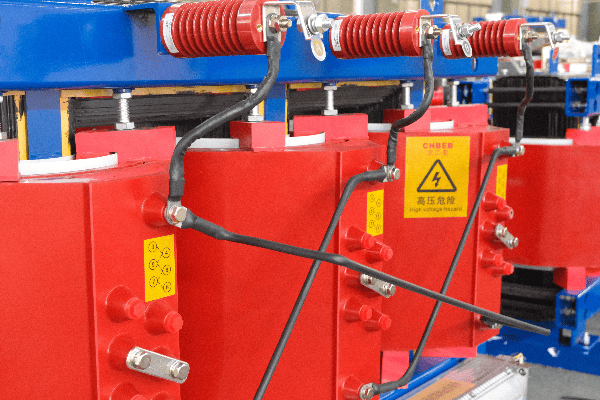
In my years of experience with power systems, I’ve seen a significant shift towards dry type transformers. They’re not just safer; they’re often more efficient and versatile too. Let’s dive into the world of dry type transformers and explore their types, advantages, and applications in modern industry.
Exploring Dry Type Transformer Varieties: A Comprehensive Overview of Types and Features?
Have you ever wondered why there are different types of dry transformers? Each type has its unique strengths, but understanding these differences can be crucial for your project’s success.
Dry type transformers come in three main varieties: cast resin, vacuum pressure impregnated (VPI), and open-wound. Cast resin transformers offer excellent protection against harsh environments. VPI transformers provide good thermal performance. Open-wound types are cost-effective for indoor applications. Each type has specific features suited for different industrial needs.
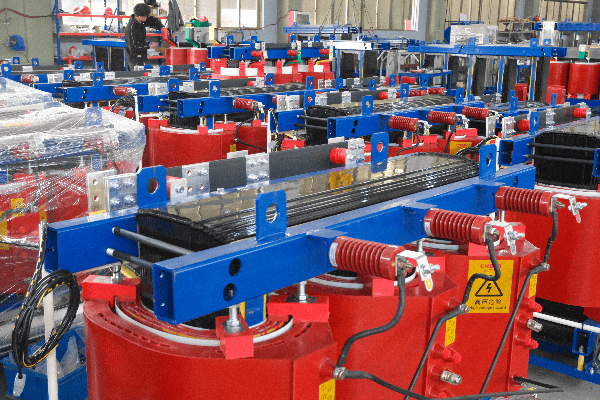
Throughout my career, I’ve worked with all these types of dry transformers. Let me break down their key features and applications:
Cast Resin Transformers
The tough ones:
- Construction: Windings encapsulated in epoxy resin.
- Strength: Excellent resistance to moisture and pollutants.
- Applications: Ideal for harsh environments and outdoor installations.
I once installed a cast resin transformer in a coastal industrial plant. Despite the salty air and occasional sea spray, it’s been running flawlessly for years. The epoxy encapsulation really does wonders in protecting the windings.
Vacuum Pressure Impregnated (VPI) Transformers
The heat handlers:
| Feature | Benefit | Application |
|---|---|---|
| Resin-coated windings | Improved heat dissipation | High-temperature environments |
| Flexible design | Customizable for specific needs | Specialized industrial uses |
| Lower weight | Easier installation and transportation | Retrofit projects |
In a recent project for a steel mill, we opted for VPI transformers. The high ambient temperatures and dusty environment were no match for these units. Their superior cooling capabilities kept them running efficiently even in those harsh conditions.
Open-Wound Transformers
The cost-effective option:
- Simple Design: Basic construction with exposed windings.
- Good Ventilation: Natural air cooling for indoor use.
- Economical: Lower cost for standard applications.
I’ve recommended open-wound transformers for many indoor installations where environmental factors aren’t a concern. In a recent office building project, these transformers provided a perfect balance of performance and cost-effectiveness.
Dry vs. Oil-Filled Transformers: Unveiling the Advantages of Dry Type Technology?
Ever worried about oil leaks or fire hazards in your electrical room? That’s where dry type transformers shine. But what exactly makes them a better choice in many situations?
Dry type transformers offer significant advantages over oil-filled types, including enhanced safety, reduced fire risk, and minimal maintenance. They eliminate the need for oil, reducing environmental concerns and allowing installation in sensitive areas. Dry transformers also offer better performance in varying load conditions and are more suitable for indoor and populated areas.
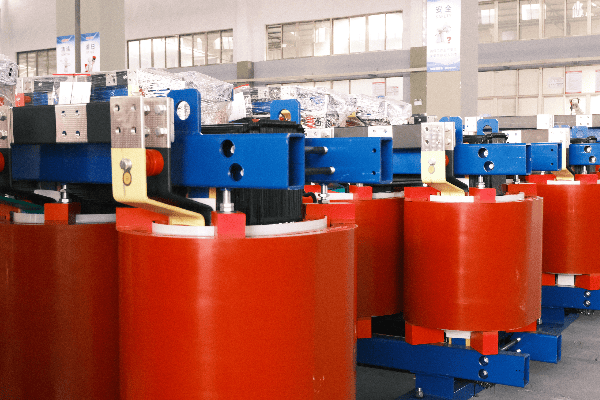
In my experience, the shift from oil-filled to dry type transformers has been a game-changer for many industries. Let’s dive into the key advantages:
Safety First
Reducing risks:
- No Flammable Liquid: Eliminates fire hazards associated with transformer oil.
- Reduced Explosion Risk: No oil means no risk of explosive failure.
- Environmentally Friendly: No risk of oil leaks or spills.
I once consulted on a project to replace oil-filled transformers in a high-rise building. The switch to dry type units significantly reduced the fire risk, easing the minds of both the building managers and the fire department.
Maintenance and Reliability
Keeping it simple:
| Aspect | Dry Type | Oil-Filled |
|---|---|---|
| Routine Maintenance | Minimal | Regular oil testing and filtering |
| Lifespan | 20-30 years | 20-35 years (with proper maintenance) |
| Performance in Varying Loads | Excellent | Good, but can be affected by oil degradation |
In a manufacturing plant I worked with, switching to dry type transformers cut their maintenance costs by 40% over five years. The reduction in downtime for oil changes and testing was a significant factor in this saving.
Installation Flexibility
Adapting to various environments:
- Indoor Use: Safe for installation near work areas.
- Sensitive Locations: Suitable for hospitals, schools, and data centers.
- Space Savings: No need for oil containment structures.
I recently designed the power system for a new hospital wing. Dry type transformers were the clear choice, allowing us to place them closer to the load centers without concerns about oil leaks in a sensitive healthcare environment.
Versatility in Action: Key Applications of Dry Type Transformers Across Modern Industries?
Curious about where dry type transformers fit in today’s industrial landscape? You might be surprised at their wide-ranging applications. From high-tech data centers to rugged manufacturing plants, these transformers are more versatile than you might think.
Dry type transformers find applications across various industries due to their safety and reliability. They’re commonly used in commercial buildings, healthcare facilities, renewable energy projects, and industrial plants. Their ability to operate in diverse environments, from clean rooms to harsh outdoor settings, makes them a versatile choice for modern power distribution needs.
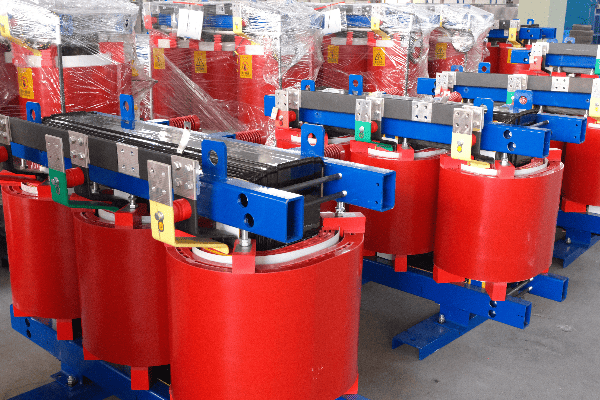
Throughout my career, I’ve seen dry type transformers used in some fascinating applications. Let’s explore some key areas where they excel:
Commercial and Residential Buildings
Powering our urban landscape:
- High-Rise Offices: Safe for installation on upper floors.
- Shopping Malls: Reliable power distribution in crowded spaces.
- Residential Complexes: Quiet operation for living areas.
I once worked on a project for a mixed-use skyscraper in a major city. We installed dry type transformers on every tenth floor. This distributed approach improved efficiency and reduced the need for long cable runs, all while maintaining the highest safety standards.
Healthcare and Research Facilities
Where reliability is critical:
| Application | Transformer Type | Key Benefit |
|---|---|---|
| Hospitals | Cast Resin | High reliability for life-support systems |
| Laboratories | VPI | Clean operation for sensitive equipment |
| Pharmaceutical Plants | Open-Wound (in controlled areas) | Cost-effective for non-critical areas |
In a recent project for a cutting-edge research facility, we used a combination of cast resin and VPI transformers. The cast resin units powered critical systems, while VPI transformers were perfect for the general power needs, providing a balance of performance and cost-effectiveness.
Renewable Energy Projects
Adapting to new power sources:
- Solar Farms: Step-up transformers for grid connection.
- Wind Turbines: Compact designs for nacelle installation.
- Energy Storage Systems: Bidirectional power handling capabilities.
I was involved in designing the power system for a large offshore wind farm. We used specially designed dry type transformers in each turbine nacelle. These units had to withstand the harsh marine environment while being compact enough to fit in the limited space available.
Selecting the Right Dry Type Transformer: Factors to Consider for Optimal Performance?
Ever felt overwhelmed by the choices when selecting a transformer? Picking the right dry type transformer can be tricky, but it’s crucial for your system’s performance. What factors should you really focus on?
Selecting the right dry type transformer involves considering several key factors: power rating, voltage requirements, environmental conditions, load characteristics, and space constraints. It’s also important to evaluate the insulation class, temperature rise, efficiency ratings, and any special requirements like noise levels or harmonics handling. Proper selection ensures optimal performance and longevity.
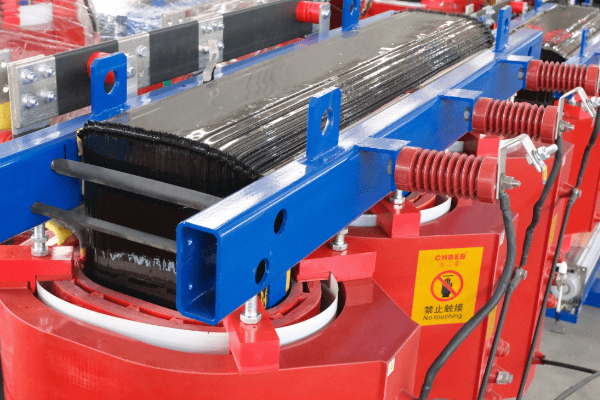
In my years of experience, I’ve helped many clients navigate the selection process. Here’s a deeper look at the crucial factors to consider:
Power and Voltage Requirements
Getting the basics right:
- kVA Rating: Must match or exceed the total connected load.
- Primary and Secondary Voltages: Align with your power system.
- Frequency: Usually 50 or 60 Hz, depending on your location.
I once worked with a client who initially underestimated their power needs. We had to replace a newly installed transformer within a year due to rapid business growth. Now, I always advise clients to consider future expansion in their initial selection.
Environmental Considerations
Adapting to the surroundings:
| Factor | Consideration | Transformer Type |
|---|---|---|
| Indoor/Outdoor | Installation location | Cast Resin for outdoor |
| Temperature | Ambient operating conditions | VPI for high-temp environments |
| Humidity | Moisture resistance needed | Cast Resin for high humidity |
In a project for a coastal industrial plant, we chose cast resin transformers specifically for their excellent resistance to humidity and salt air. This choice has paid off, with the transformers showing no signs of degradation after years in this harsh environment.
Special Requirements
Meeting unique needs:
- Noise Levels: Important for residential or office settings.
- Harmonics Handling: Crucial for environments with non-linear loads.
- Overload Capacity: Necessary for applications with frequent load fluctuations.
I recently designed a power system for a data center where harmonic mitigation was a major concern. We selected dry type transformers with special winding configurations to handle the high harmonic content typical in these facilities. The result was improved power quality and reduced heating in the transformers.
Safety, Sustainability, and Cost-Effectiveness: The Triple Benefit of Dry Type Transformers?
Wondering how a single piece of equipment can improve safety, support sustainability, and save money? Dry type transformers offer this rare combination. But how exactly do they deliver on all three fronts?
Dry type transformers provide a triple benefit of safety, sustainability, and cost-effectiveness. They enhance safety by eliminating fire and environmental risks associated with oil. Their eco-friendly design supports sustainability goals. In terms of cost-effectiveness, they offer lower maintenance costs and longer operational life, resulting in a better long-term investment.
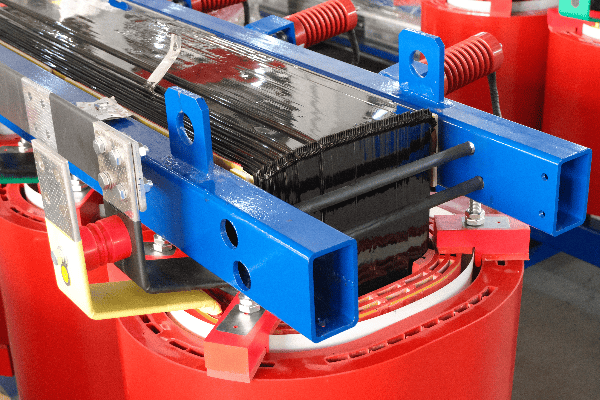
Throughout my career, I’ve seen these benefits play out in numerous projects. Let’s break down each aspect:
Enhanced Safety
Protecting people and property:
- Fire Resistance: No flammable materials used.
- Reduced Risk of Explosions: No oil means no risk of violent failures.
- Clean Operation: No oil leaks or spills to worry about.
I once consulted on a retrofit project for an old industrial building being converted into a mixed-use space. The switch to dry type transformers was a key factor in getting approval from the fire marshal. The reduced fire risk was a game-changer for the project’s safety profile.
Sustainability Advantages
Going green with dry technology:
| Aspect | Benefit | Environmental Impact |
|---|---|---|
| No Oil | Eliminates risk of soil/water contamination | Protects ecosystems |
| Longer Lifespan | Reduces need for frequent replacements | Conserves resources |
| Energy Efficiency | Lower losses in many models | Reduces carbon footprint |
In a recent project for a company aiming for LEED certification, the use of high-efficiency dry type transformers contributed significantly to their energy-saving goals. We were able to demonstrate a 15% reduction in energy losses compared to standard transformers.
Cost-Effectiveness Over Time
The long-term economic view:
- Lower Maintenance Costs: No oil to change or test regularly.
- Reduced Insurance Premiums: Lower fire risk can mean cheaper insurance.
- Flexibility in Placement: Can be installed closer to loads, reducing cable costs.
I helped a hospital evaluate their transformer options for a new wing. While the initial cost of dry type units was higher, our cost analysis showed significant savings over a 20-year period. The reduced maintenance needs and lower insurance costs tipped the scales in favor of dry type transformers.
Conclusion
Dry type transformers offer a versatile, safe, and efficient solution for modern industrial power needs. Their various types cater to different applications, providing benefits in safety, sustainability, and cost-effectiveness across diverse industries.
Free CHBEB Transformer Catalog Download
Get the full range of CHBEB transformers in one catalog.
Includes oil-immersed, dry-type, pad-mounted, and custom solutions.
Quick Message
Request A free quote
We'd like to work with you
- +86 15558785111
- [email protected]
- +86 15558785111
What We Do
CHINA BEI ER BIAN (CHBEB) GROUP, with 218 million in registered capital, originated from Beijing Beierbian Transformer Group. Headquartered in Beijing for R&D, it operates major production bases in Nanjing and Yueqing, producing high-quality products.
Latest Product
address
BeiJing
No 3,RongJing East Road,BeiJing Economic Technological Development Area,BeiJing,China
JiangSu
No 7️Xiangfeng Road,Jiangning,NanJing,JiangSu,China
WenZhou
No.211, Wei 16 Road, Industrial Zone, Yueqing, Wenzhou, Zhejiang, China.
XiangYang Industrial Zone ,YueQing,WenZhou,ZheJiang,China
contact us
- [email protected]
- +86 13057780111
- +86 13057780111
- +86 15558785111
Copyright © Bei Er Bian Group


